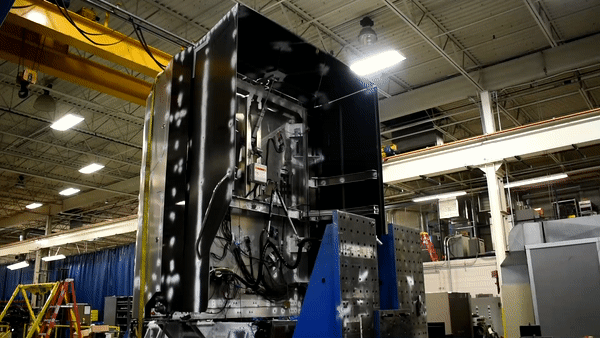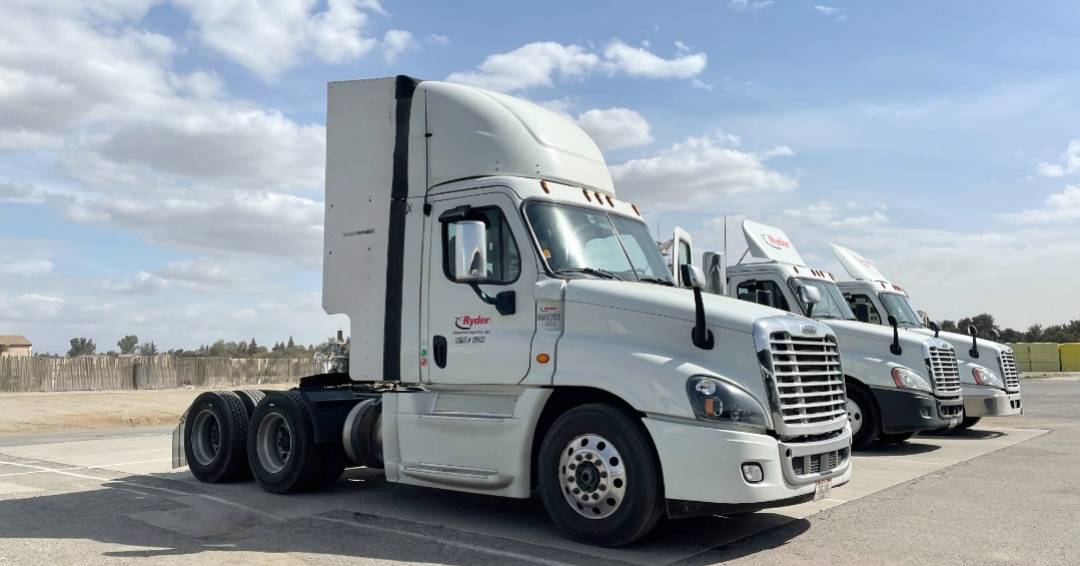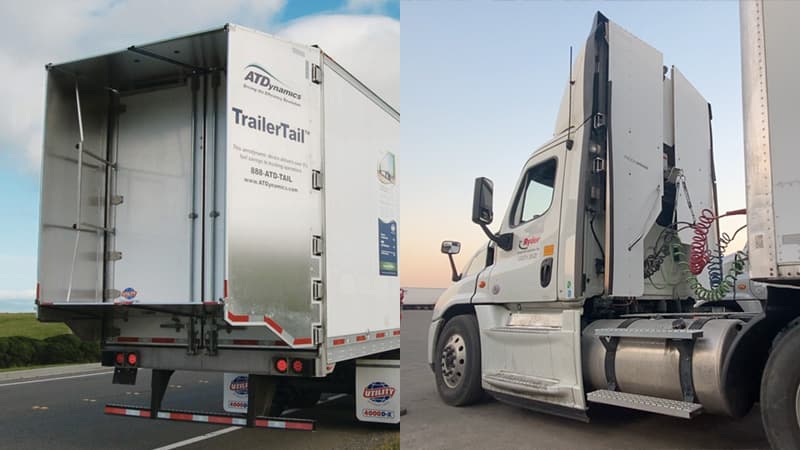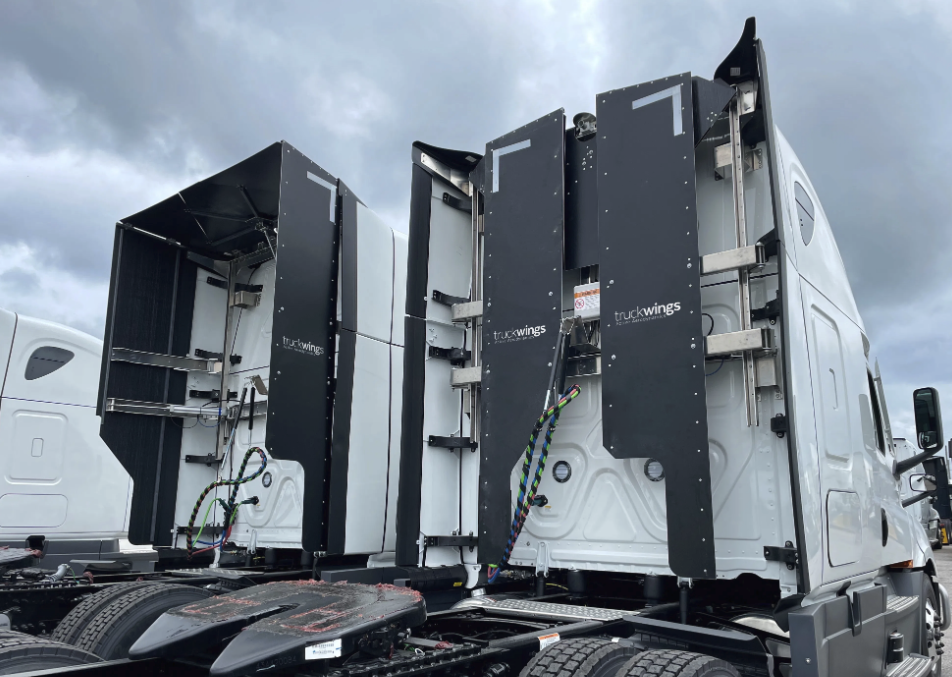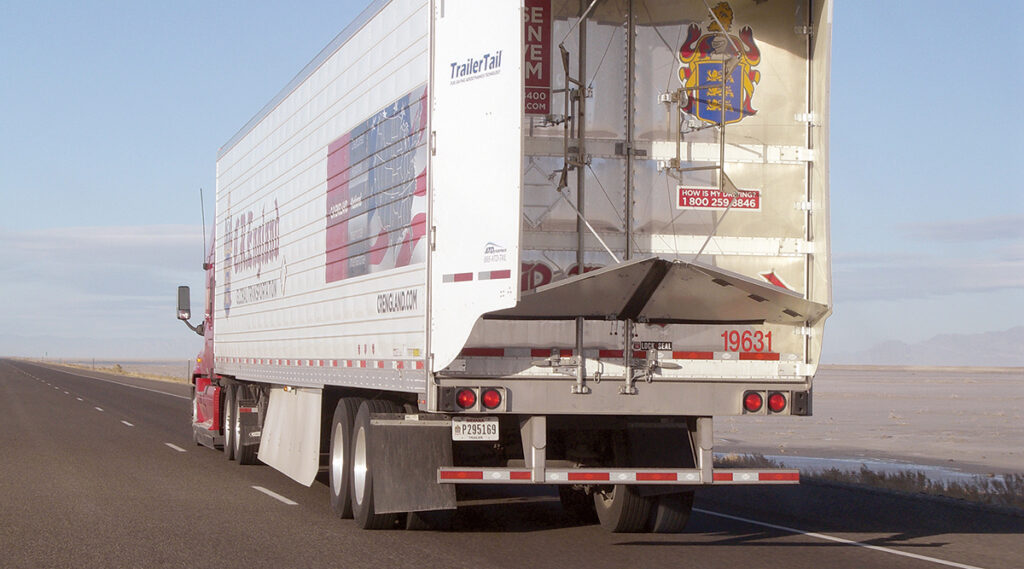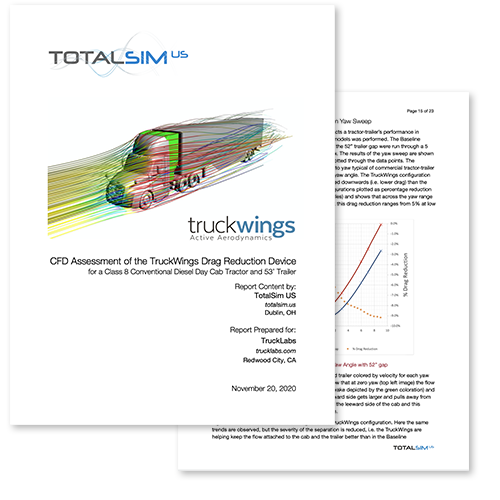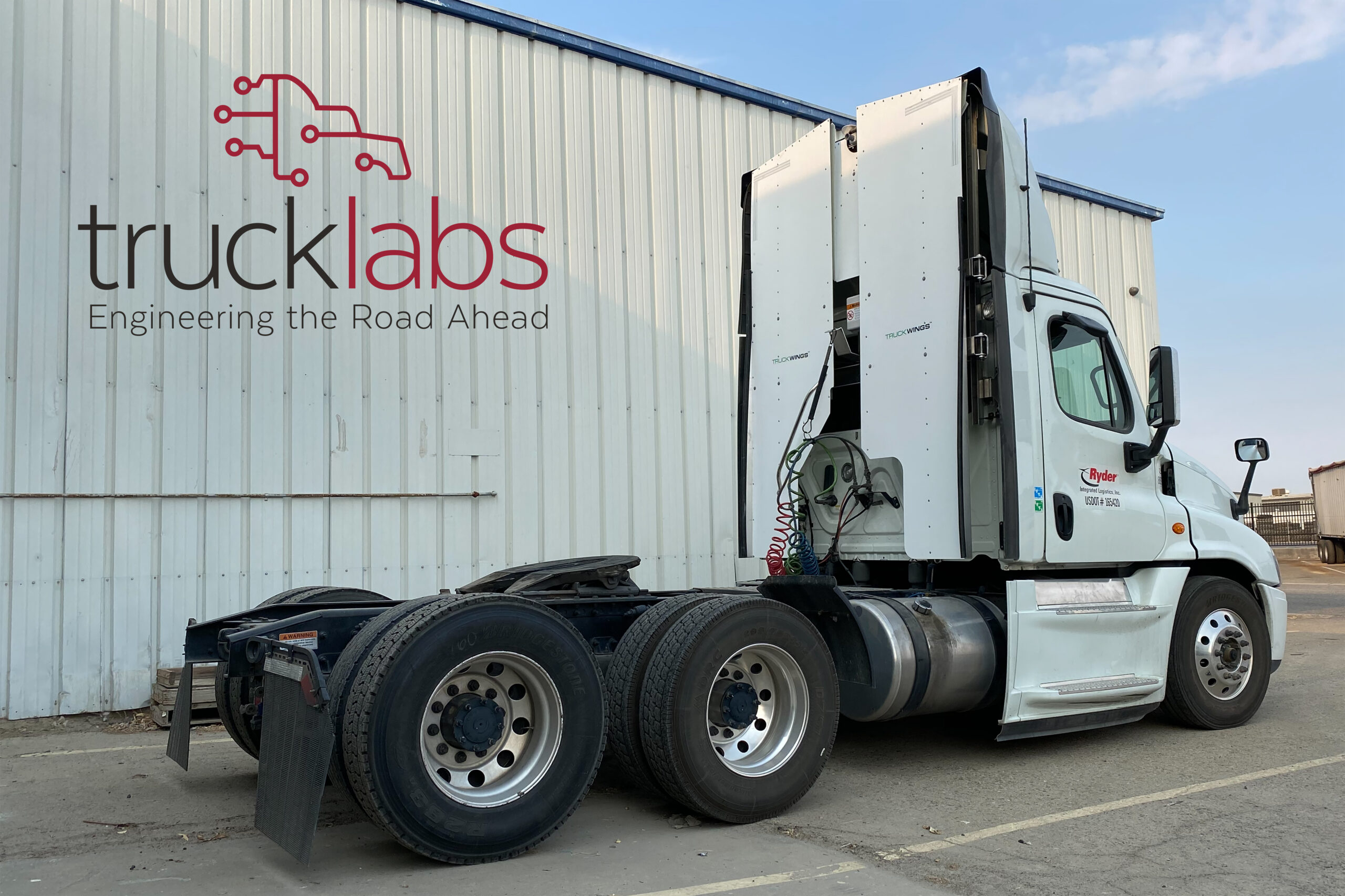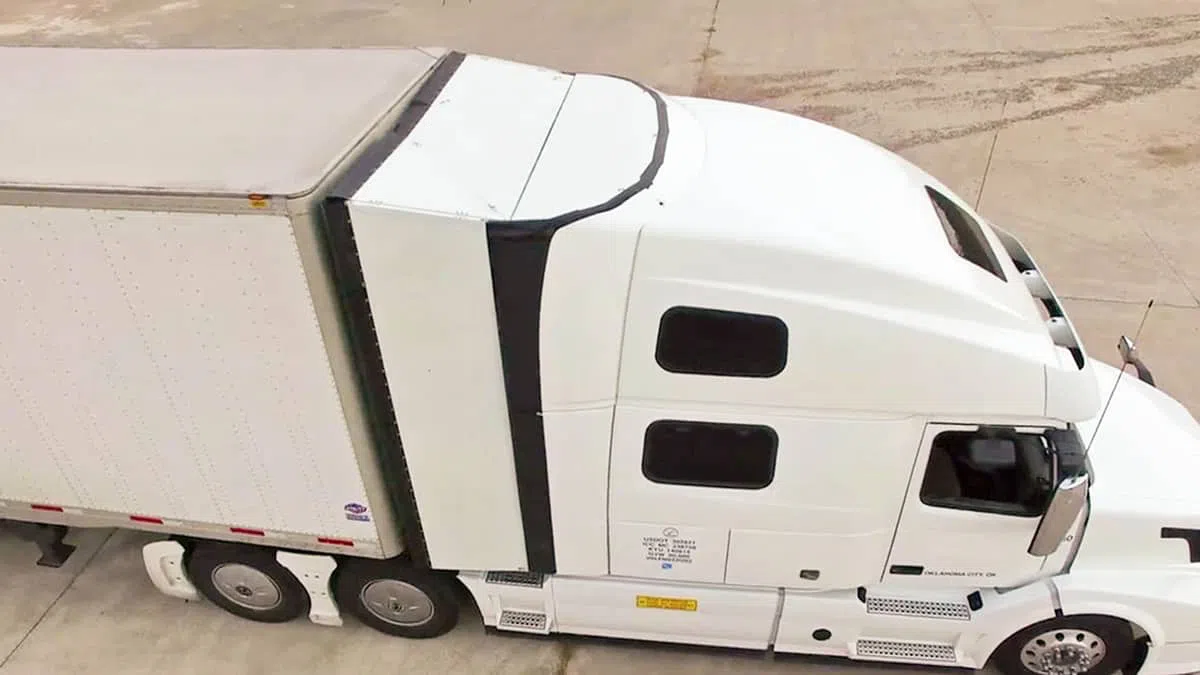TruckLabs has demonstrated its dedication to quality by participating in an OEM-level shaker test with Hexagon Agility to validate its next-generation platform. The shaker test involved subjecting the TruckWings platform to one million miles of rigorous testing, including vibration and shock testing. The goal of the test was to ensure that the platform met the highest durability and reliability standards.
About TruckLabs
Established in 2004, TruckLabs partners with some of North America’s largest trucking fleets to make a positive impact on carbon emissions and drive operational efficiencies for their fleet customers. The company develops innovative hardware and software solutions that produce real-world results for today’s and tomorrow’s trucking fleets.
One Million Mile Shaker Test to Test Durability
TruckLabs recently conducted a shaker test in collaboration with Hexagon Agility. We shaker tested on the new Hexagon Agility ProCab® 175 CNG fuel system with TruckLabs’ TruckWings® installed. The goal of the vibration test was to assess the durability of the TruckWings over a simulated one million miles of driving.
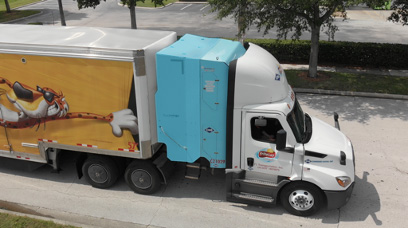
The shaker test mounted the Hexagon Agility CNG fuel system with TruckWings onto a shaker platform that simulates vibrations in all directions. The vibrations used in the test were developed by driving a truck over various types of roads on a test track at specific speeds and distances. This process was used to develop a test regimen correlated with one million miles of real-world driving.
Shaker tests are vital because they allow you to understand when a piece of equipment or component may encounter a problem or failure and predict a product’s life cycle. It is used across multiple industries including automotive, aerospace, defense, and aviation, and is a proven solution to shorten testing without compromising results.
Measuring Success
The test lasted for almost a week and had two criteria for success:
- No non-repairable component in the primary load path, including the frame and aluminum structure, could fail.
- Repairable component failures were allowed if identified and repaired within corresponding real-world preventative maintenance intervals.
The Results
The recent shaker vibration test of TruckWings was a resounding success, meeting all of the established goals to demonstrate the product’s reliability. We wanted to prove that our product is reliable with over 1 million simulated road miles, and we did just that. We were able to meet all our established criteria and demonstrated TruckWings’ reliability.
Not a single non-repairable component in the primary load path through to BTC attachment failed during the test. The only issues were individual component failures that could be easily identified and fixed during regular inspections. The hinge bushing, which is designed to wear out over time, only showed signs of wear at a significant margin beyond the recommended service interval. And even when some rivets failed, the overall structure of TruckWings has stayed intact thanks to the redundant design. This test proves that TruckWings is a reliable and durable solution for the trucking industry.
The shaker test was severe, but it does not represent all contributing factors that influence the ultimate durability of TruckWings, such as aerodynamic loading, dust and other contaminants, and temperature. This test represents just one piece of TruckLabs’ overall testing puzzle, including 600,000,000 miles of on-road observations, aerodynamic analysis, and individual component tests.
TruckLabs successfully met all of our criteria and proved the reliability of TruckWings.
Conclusion
TruckLabs is proud to have participated in and passed this shaker vibration test and is confident that the next generations of TruckWings will exceed customer expectations. “We have been able to implement many of our learnings from the field into TruckWings over the years, and it is wonderful to see that work validated by an industry-standard, repeatable test,” Burk Kladde, VP of Engineering. We are committed to providing innovative solutions that improve efficiency, reduce costs, and minimize environmental impact for fleets today and in the future.
